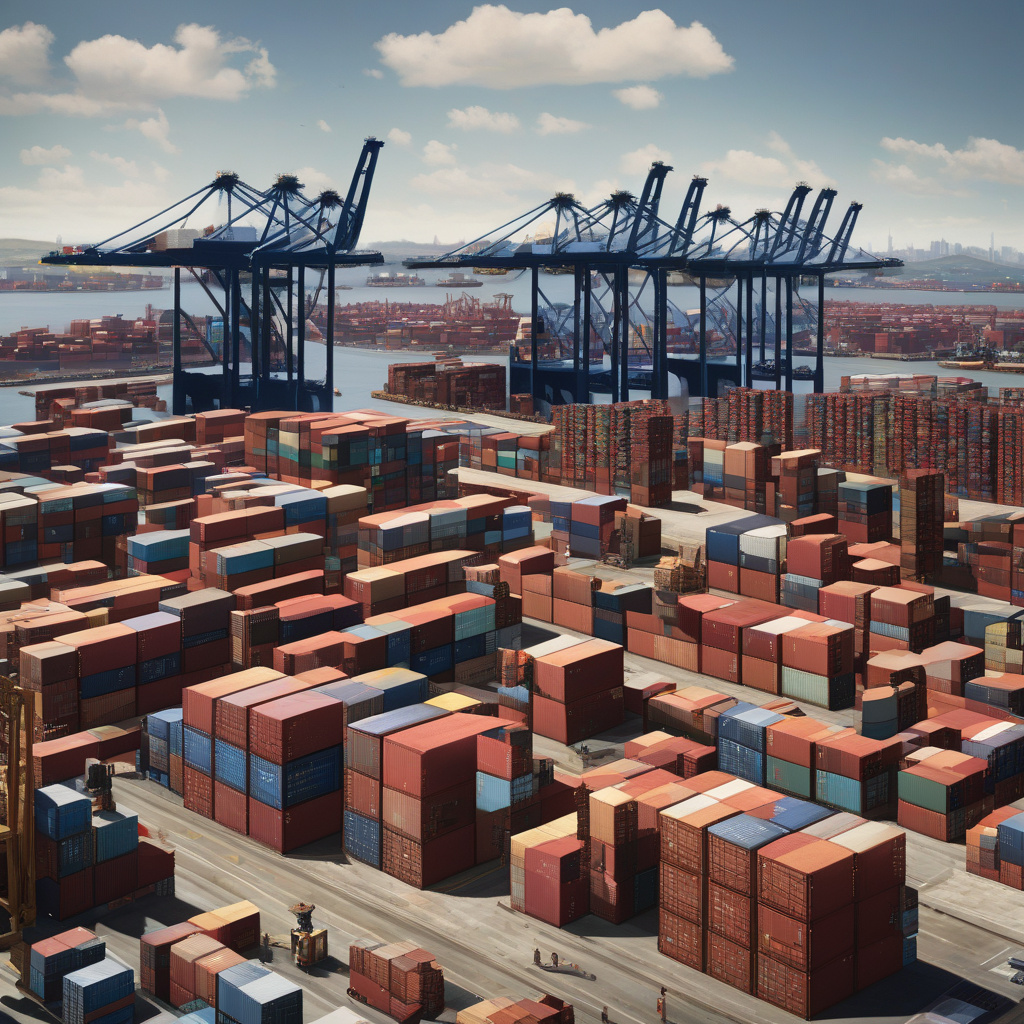US Economy Contracts for First Time Since 2022 on Imports Surge
The US economy, known for its resilience and stability, has hit a stumbling block as it contracted for the first time since 2022. The latest data reveals that the Gross Domestic Product (GDP) of the United States decreased by an annualized 0.3 percent in the first quarter of the year. This decline is a stark contrast to the average growth rate of 3 percent that the economy has experienced in the previous two years.
One of the key factors contributing to this unexpected contraction is the surge in imports. The increased reliance on imported goods and services has resulted in a significant trade deficit, impacting the overall performance of the economy. While imports can be beneficial for meeting consumer demand and supporting certain industries, an imbalance where imports outweigh exports can have detrimental effects on economic growth.
The decline in GDP raises concerns about the future trajectory of the US economy. It underscores the importance of addressing underlying issues such as trade imbalances, productivity challenges, and supply chain disruptions. As the global economy becomes increasingly interconnected, external factors can have a profound impact on domestic economic performance.
To mitigate the effects of the contraction and set the economy back on a path of growth, policymakers and business leaders need to collaborate on strategic initiatives. Investing in domestic production capabilities, promoting innovation and technological advancement, and fostering a competitive business environment are essential steps to enhance economic resilience.
Moreover, enhancing trade relationships with key partners and implementing policies that support export-oriented industries can help rebalance the trade equation and stimulate economic expansion. By diversifying trade channels and reducing dependency on a few select markets, the US can better withstand fluctuations in global trade dynamics.
While the contraction in the US economy is a cause for concern, it also presents an opportunity for reflection and recalibration. By identifying areas of weakness and implementing targeted interventions, the economy can bounce back stronger and more resilient than before. Adapting to the evolving global economic landscape is essential for long-term sustainability and competitiveness.
In conclusion, the recent contraction in the US economy highlights the interconnected nature of the global economy and the importance of strategic economic management. By addressing trade imbalances, investing in domestic capabilities, and promoting innovation, the US can overcome current challenges and pave the way for future growth and prosperity.
#USEconomy #GDPcontraction #ImportsSurge #EconomicResilience #GlobalTradeRelations











